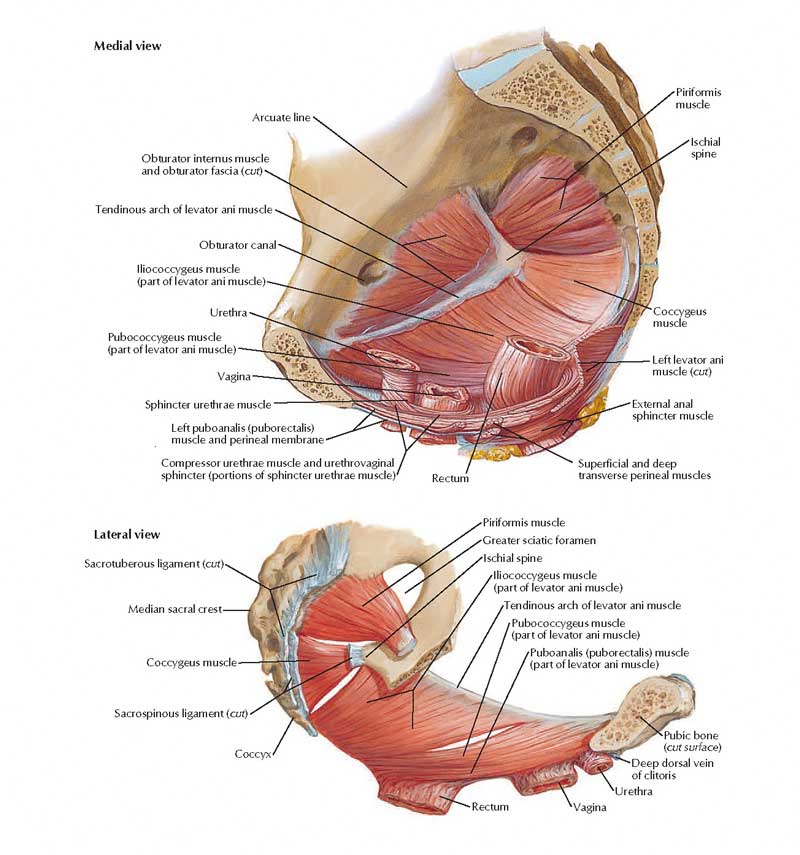
Pelvic Floor Dysfunction
At Body & Mind Osteopathy we are passionate about supporting women with pelvic floor dysfunction. Pelvic floor dysfunction can look different for every person, whether it be the inconspicuous crossing of the legs to sneeze, heading to the toilet just in case, or maybe you’re unable to enjoy intercourse with your partner due to pain and discomfort. Regardless of the symptoms, women tend to be embarrassed when talking about dysfunction of the pelvic floor.
The pelvic floor is made up of layers of muscle, ligament and fascia which stretch like a hammock from the tailbone, at the base of the spine, forward to the pubic bone.
Having little accidents every now and then (leakage) can be common, but is never normal. Even the smallest amount of leakage is an indicator that your pelvic floor is not functioning optimally. It is hard to predict exactly how many women suffer with PF issues and in particular, incontinence.
However, recent studies suggest that up to 50% of women post childbirth and up to 60% of elite athletes suffer with some degree of incontinence.

Urinary incontinence may be the most obvious symptom of pelvic floor dysfunction; however, it can also involve, and is not limited to, the following symptoms.
Symptoms of a Dysfunctional Pelvic Floor can include:
- leaking small amounts of urine when coughing, sneezing, laughing or running
- extreme urgency to
- failing to reach the toilet in time
- uncontrollably breaking wind from either the anus or vagina when bending over or lifting
- reduced sensation in the vagina
- tampons/menstrual cups that dislodge or fall out
- a distinct bulge at the vaginal opening a sensation of heaviness in the vagina.
- lower back pain, pelvic pain and sacroiliac joint pain can be associated with pelvic floor muscle dysfunction
Over a period of time some cases of pelvic floor dysfunction can result in:
- Inability to control passage of urine, faeces & wind
- Bladder and uterine prolapse (when lacking support, these organs can slip into the vaginal passageway & cause a deep, persistent vaginal ache)
- Sexual difficulties
The Pelvic Floor has many important functions result within our Body, including:
Sphincter Control: Control of the openings of the urethra, vagina, and rectum, maintaining urinary and faecal continence.
Stability: Assisting in stabilizing your spine and pelvis.
Sexual Function: Orgasm, blood flow, and mobility.
Support: Providing support for the pelvic organs against gravity and intra-abdominal pressure; and tone for the vaginal and rectal walls.
Sump Pump: Acting as venous and lymphatic pump for the pelvis to help prevent pelvic congestion.
Respiration: Assisting in respiration.
Osteopathy for Pelvic Floor Health
Osteopathy may be able to support dysfunction of the pelvic floor by using a combination of Osteopathic techniques to treat the pelvic floor, the lower back, tailbone, pubic bone and hips (because of the interconnectedness of these areas to the pelvic floor), as well as providing you with a tailored exercise program allowing you to progress at a safe pace.
Pelvic floor issues are still present in women years beyond childbirth, so you may be asked about your obstetric history even if you are in your 80’s!
For more information on Women’s health consultations, or to make an appointment, contact Body & Mind Osteopathic Clinic or click here to make an online booking.
